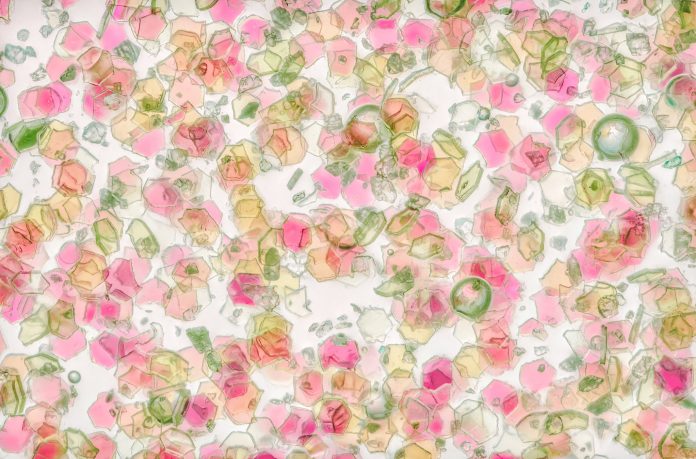Researchers from Imperial College London have suggested an innovative approach to tackling microplastic pollution. Their latest study recommends using specially designed microbes and enzymes to remove microplastics from wastewater and sewage before it is processed into fertilizer
The briefing paper, published by the Institute for Molecular Science and Engineering (IMSE), explores how microplastics travel from domestic wastewater to agricultural fields. Everyday activities, such as washing clothes, release microplastics, especially from polyester textiles, into urban wastewater.
At treatment plants, these microplastics accumulate in sewage sludge, which is then used as fertilizer, inadvertently introducing plastics into the soil.
New regulations needed
The report emphasizes the need for new regulations to measure and characterize microplastics. Understanding the effects on human health and determining safe concentrations are crucial steps.
The authors advocate incorporating microbes and enzymes into wastewater treatment processes to prevent microplastics from reaching the soil.
Plastic durability: And the path of microplastics
Plastic waste reached 353 million tonnes in 2019, with its use continuously increasing. While plastics are valued for their flexibility, lightweight nature, and durability, these same properties lead to their persistence in the environment, taking between 10 to 10,000 years to degrade.
Microplastics, defined as plastics smaller than 5mm, are primarily generated from washing polyester textiles and the wear and tear of vehicle tires. During laundry, these microplastics enter the wastewater stream. Dr. Jose Jimenez Zarco explains, “Lots of microplastic pollution comes from the urban environment, entering wastewater which is then collected and treated. Solid particles, including human debris, are turned into sludge used for fertilizer, now polluted with microplastics.”
In 2020, over 90% of U.K. sewage sludge was used in agriculture, equating to the plastic equivalent of 20,000 bank cards spread onto farmland monthly. An experiment in Germany showed that fields treated with sludge 34 years ago still had higher microplastic concentrations than untreated fields.
The lack of regulation
“Microplastic contamination is completely unregulated. Is there a safe concentration we can have in the environment?” asks Dr. Jimenez Zarco. While new evidence suggests that ingesting microplastics may have reproductive and multigenerational effects, little research exists on the specific types of microplastics humans are exposed to.
Measuring and managing microplastics
The briefing paper stresses the need to characterize and quantify microplastic pollution in wastewater before establishing safe contamination levels. Professor Andy Pickford from the University of Portsmouth highlights the importance of standardized measurements to reliably assess the problem and the effectiveness of interventions over time.
Potential solutions for microplastic pollution
When sludge is not used as fertilizer, it is landfilled or incinerated, eliminating microplastics but generating significant greenhouse gas emissions. The proposed solution focuses on removal techniques to prevent microplastics from reaching the soil while maintaining the benefits of using sludge as fertilizer.
Dr. Jimenez Zarco’s research group is exploring how enzymes called esterases, produced by microbes, can break down polyester into environmentally safe molecules. The goal is to integrate plastic-degrading microbes into existing wastewater treatment infrastructure.
The concept has been proven in the lab, and research is now focused on optimizing the microbes’ survival in real-world conditions and scaling up enzyme production.
Reducing microplastic input and collaborative efforts
While biotech solutions are promising, the authors emphasize that reducing the amount of microplastics entering wastewater is crucial. Prevention is the first step toward eliminating this type of pollution.
The Institute for Molecular Science and Engineering (IMSE) was established in 2015 to address societal challenges through interdisciplinary research. Dr. Jose Jimenez notes, “Imperial excels at bringing together experts from different fields. For this briefing paper, we combined bioscience, civil engineering, and medical research to tackle the issue of microplastic pollution comprehensively.”
The paper was launched in February 2024 at a public event featuring Dr. Jose Jimenez Zarco from the Department of Life Sciences. The panel discussion included experts like Jenni Hughes from U.K. Water Industry Research, Andy Pickford from the University of Portsmouth, and Steve Morris from DEFRA, chaired by Mala Rao CBE from the Department of Primary Care and Public Health.











